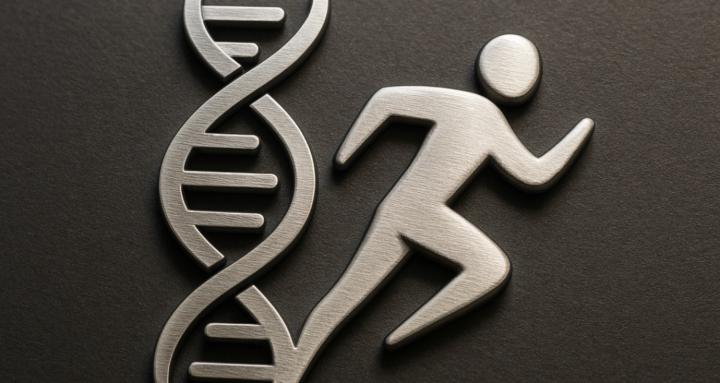Aug 7 • Cellular Medicine
The downsides of synthetic GH and transition to Peptides
Over the past few years, I’ve been using GH fairly regularly. I have access to high-quality pharmaceutical-grade GH, so I didn’t overthink it. At my age (54), the difference in how I feel, recover, and sleep is definitely noticeable. That’s always been the main reason I’ve used it, and 2 - 3 IU per day was enough for me. I only increased the dose before a competition to enhance fat burning.
However, after listening to and reading content from Antony and Dr. Seeds, I came to understand that constant activation of mTOR and supraphysiological levels of IGF might improve well-being and appearance as we age — but they can also accelerate aging.
That said, I used GH mostly while on a ketogenic diet, where GH doesn’t significantly elevate IGF, so that likely minimized the effect.
Now I’ve been off GH for two months, and I’d like to test a protocol using GHRH and GHRP, aiming for more pulsatile GH release, and therefore potentially fewer negative effects on long-term health.
I have access to the following peptides:
Ipamorelin
Sermorelin
Fragment 176–191
IGF-1 DES
MK-677
PEG-MGF
MOD-GRF 1-29
CJC-1295 + DAC
IGF-1 LR3
What would be the best combinations for:
1. Long-term health
2. Optimal anabolism
3. Fat loss pre-competition
Thanks!
3
21 comments

skool.com/castore-built-to-adapt-7414
Where science meets results. Learn peptides, training, recovery & more. No ego, no fluff—just smarter bodies, better minds, built to adapt.
Powered by




